When SiriusDecisions introduced its Demand Unit Waterfall at its 2017 Summit, the new framework generated buzz and interest as a model for planning and tracking account-based strategies. It also created immediate questions and some concern over how brands could operationalize and apply campaigns around demand units, as opposed to leads.
At the 2018 Summit in Las Vegas, SiriusDecisions analysts Laura Cross and Erin Bohlin provided attendees with an alternative approach to using signals and buyer context for nurture program design, as well as a plan for evolving nurture capabilities using process, data and technology. The analysts stressed that, while technologies gave demand gen marketers the ability to build sequenced campaigns designed to guide individual buyers through topics that would ultimately prepare individual leads for sales conversations, this approach has become overplayed and ineffective. “In reality, we are seeing engagement rates continuously decline; buyers tell us our content is over-rotated, we neglect our websites and over-rely on email,” Cross said. “Our buyers are frozen from being blasted with too much, low-relevant information, delivered to them using the wrong delivery channel.”
Bohlin added that traditional nurture strategies and tracking models were not able to address buying groups. “The fact is that we are ignoring the complexity of the buying process and nurturing leads rather than focusing on how buyers make decisions, which is in groups,” Bohlin said. “We are creating nurture flows in isolation of the overall program objectives, so nurture doesn’t have accepted success metrics other than to engage.”
The bigger issue with traditional nurture programs, the analysts pointed out, is that conventional nurture programs were designed to control buying behavior, rather than address the behaviors and needs of accounts. “We spend so much time on programmatic configuration in systems, using the flow to control the buyer, rather than supporting a buyer-led experience,” Bohlin added.
New Approach Aligns With Demand Unit Waterfall
To help demand marketers address these realities and build nurtures that work within the new Demand Unit Waterfall, SiriusDecisions introduced a new approach which called for using new capabilities around AI and intent data to incorporate insights into buying behavior.
The three-pronged approach addresses three key areas: signal, response and next action. To better align with the Demand Unit Waterfall, the new approach is built on the three key phases:
- Activate;
- Validate; and
- Accelerate.
The presenters also detailed a real-world case study applying this approach from Snowflake Computing, a high-growth company that applied a new nurture approach to support aggressive demand gen goals. Snowflake used data to understand the individual, account and buying group context to determine how buyer needs would map to their solution.
The company created integrated programs and developed plays addressing the needs of different buyers. They also built buyer-led nurture programs utilizing machine-learning to tie together rich account information, as well as retargeting tools and custom microsites for target accounts that could adjust the messaging and offer based on buying signals and data.





